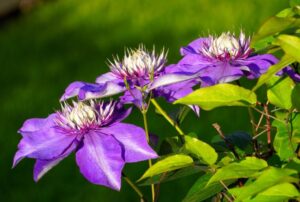October is a transformative month in Pennsylvania, as the crisp autumn air begins to cool down the landscape and the vibrant fall foliage emerges. For gardeners, this time of year signals not only the transition from summer to winter but also presents an excellent opportunity to sow seeds, plant bulbs, and prepare the garden for a flourishing spring season.
Deciding what to plant in October is crucial, particularly in the diverse USDA planting zones (from 5a to 7a) that span the state. This comprehensive guide will delve into vegetables, flowers, herbs, and landscape plants that can thrive when planted this month.
Vegetables To Plant
Planting vegetables in October in Pennsylvania requires careful selection based on the region’s climate. Although the weather can be unpredictable, several hardy vegetables can be sown now for a late fall harvest or for an early start in the spring.
Spinach
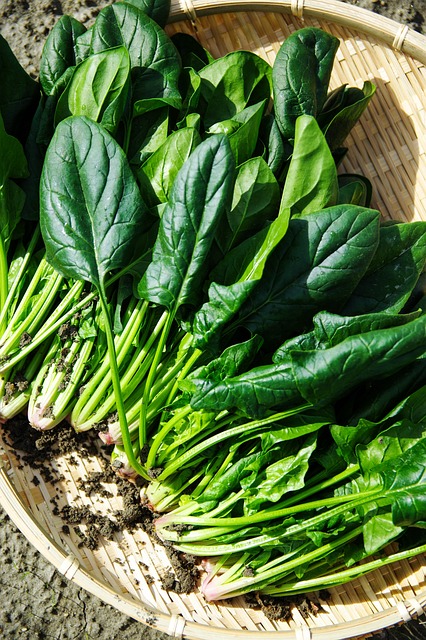
Temperature Tolerance: Spinach is quite tolerant of cold weather and can survive temperatures as low as 20°F.
Planting Dates: In October, spinach seeds can be sown directly into the ground, generally by mid-month.
Spinach is a nutrient-dense leafy green that thrives in cooler weather. Pennsylvania gardeners can benefit from staggering plantings in early to mid-October to allow for several harvests. This quick-growing crop can be harvested in as little as six weeks and can withstand light frosts, enhancing its sweetness. An abundant source of vitamins A, C, and K, spinach can be enjoyed in salads, smoothies, or cooked dishes.
Garlic
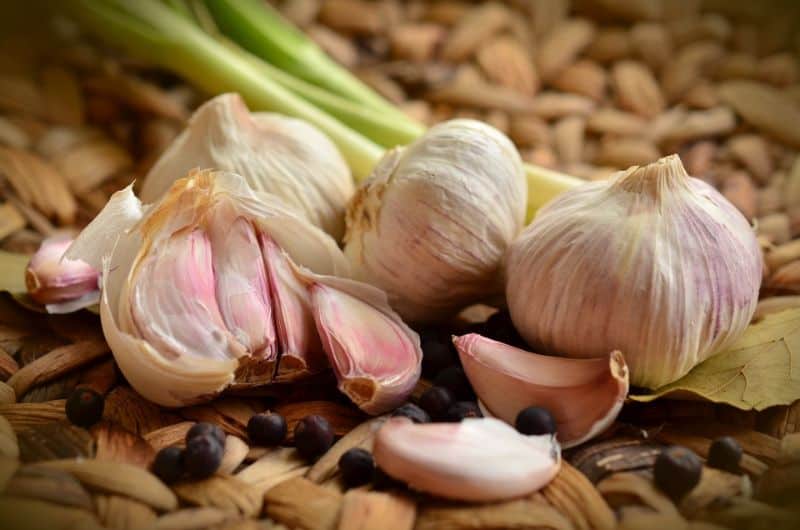
Temperature Tolerance: Garlic is hardy and can endure temperatures as low as 0°F once established.
Planting Dates: October is typically the best month for planting garlic in Pennsylvania, with a general timeframe from the first to the third week.
Garlic is a kitchen staple that adds flavor and health benefits to a variety of dishes. It should be planted in well-drained soil, ideally in a sunny spot. In regions with colder winters, fall planting helps the bulbs develop robust root systems to prepare them for the spring reawakening. Before planting, ensure to separate the cloves, as each clove will grow into a new bulb.
Kale
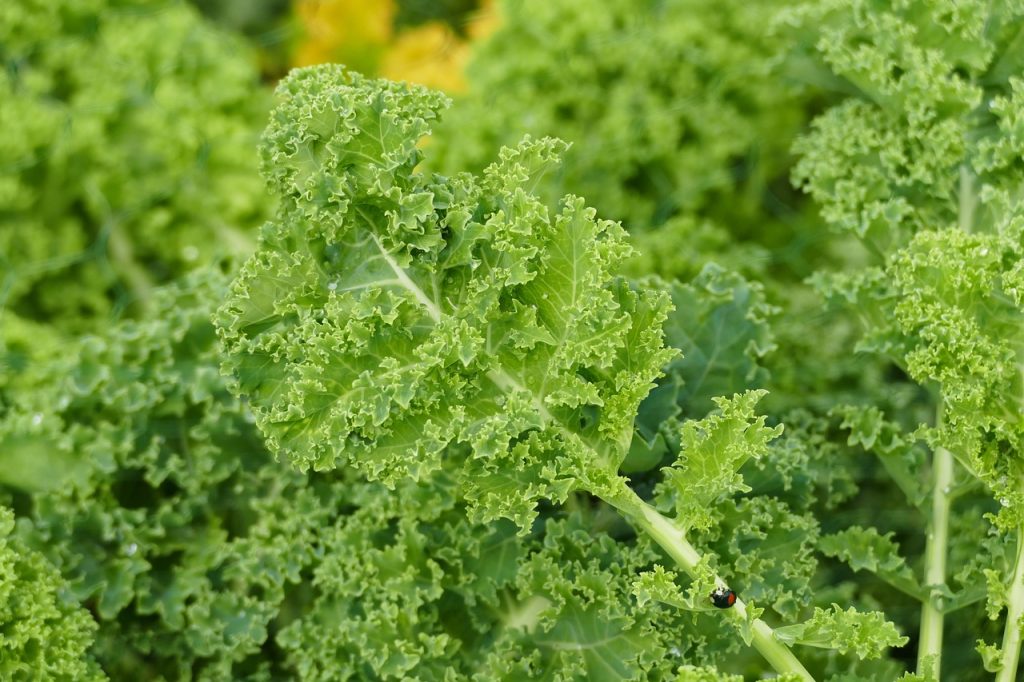
Temperature Tolerance: Kale is frost-tolerant and can thrive in temperatures down to 20°F.
Planting Dates: Kale can be direct-seeded in early October, or transplants can be set out if started earlier in the season.
Kale is a favorite for many gardeners due to its nutritious leaves, which can be harvested throughout the fall and even into winter. It’s packed with vitamins and has a kaleidoscope of varieties, ranging from curly to flat-leaved types. A light frost can improve its flavor, making it sweeter and more palatable. Plant in rows with adequate spacing, as kale will continue to grow even after the first frost.
Peas
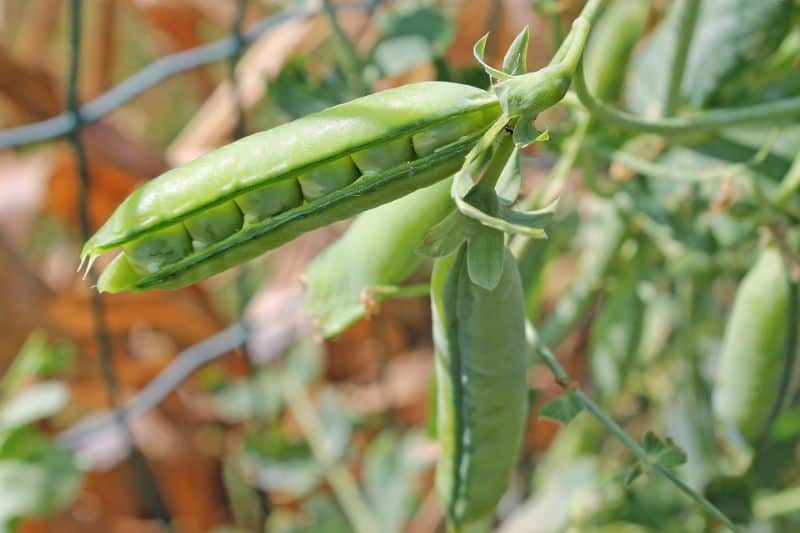
Temperature Tolerance: Peas thrive in cool weather and can survive temperatures as low as 28°F.
Planting Dates: October is the time for planting overwintering peas, usually within the first half of the month.
Overwintering peas are perfect for planting in October as they will germinate in fall, become dormant during the winter, and then spring back to life early next year. These legumes will yield an earlier harvest in spring, so plat them in well-drained soil with full sun exposure. Soil incorporation of organic matter can help retain moisture and provide nutrients for this nitrogen-fixing plant.
Carrots
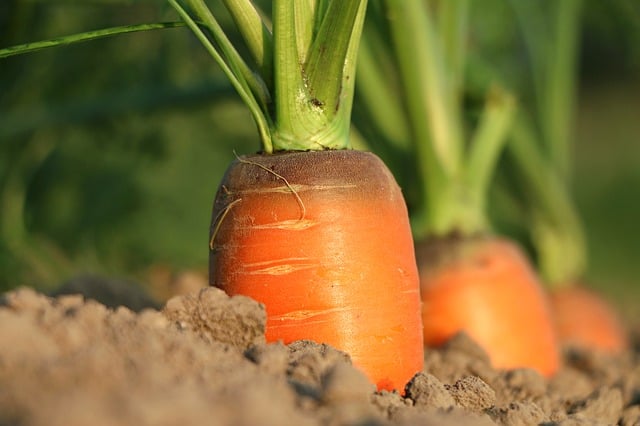
Temperature Tolerance: Carrots can withstand temperatures down to 20°F once established.
Planting Dates: Mid-October is ideal for planting late varieties of carrots.
Carrots planted in October can be harvested in early spring and are known for their sweetness, particularly after a frost. They need loamy, well-draining soil free of rocks to grow straight and long. Mulching can protect the roots during winter and promote moisture retention. Consider planting different varieties such as ‘Nantes’ or ‘Imperator’ for flavor and texture variations.
Brussels Sprouts
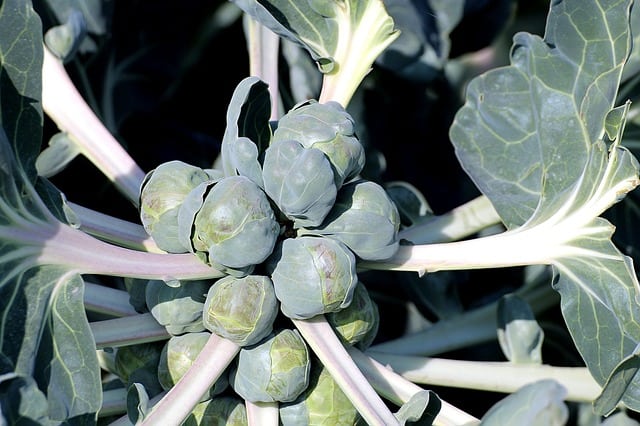
Temperature Tolerance: Brussels sprouts can endure temperatures down to 20°F and can even benefit from frost exposure.
Planting Dates: If started late in summer, these can hold up until full maturity into late October.
Although Brussels sprouts typically take longer to mature, planting in September allows time for plants to develop and withstand frost. The colder temperatures enhance the flavor profile, making these little cabbages sweeter. Proper space and staking may be necessary given their height and weight as they mature.
Collard Greens
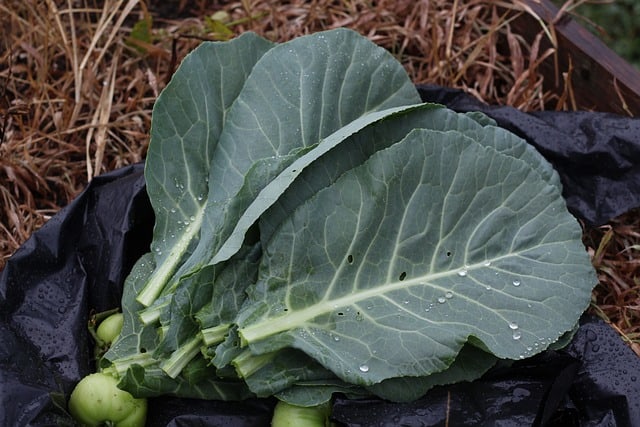
Temperature Tolerance: Collard greens are very cold-hardy, surviving temperatures in the low 20s.
Planting Dates: Sow seeds directly by mid to late October.
Collard greens are a traditional vegetable in Southern cooking but are equally popular in Pennsylvania. They provide robust, leafy greens packed with vitamins. Like kale, frost can improve their flavor, making this a perfect autumn addition. Space plants adequately to allow for their large leaves to spread and capture sunlight.
Radishes
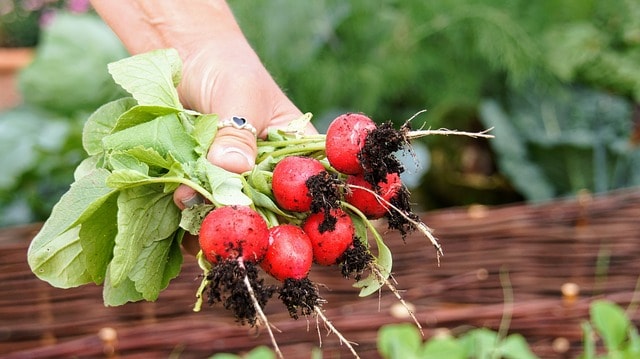
Temperature Tolerance: Radishes flourish in cool weather and can tolerate light frosts, generally surviving temperatures down to 30°F.
Planting Dates: Sow radish seeds by mid-October for a quick winter crop.
Radishes are among the fastest crops to mature, often ready for harvest within three to four weeks. They thrive in cooler temperatures, making October an ideal planting month. Choose varieties such as ‘Cherry Belle’ or ‘Daikon’ for diversity in flavor and texture. Radishes can be interplanted with slower-growing crops; this technique maximizes space while providing a quick yield.
Mustard Greens
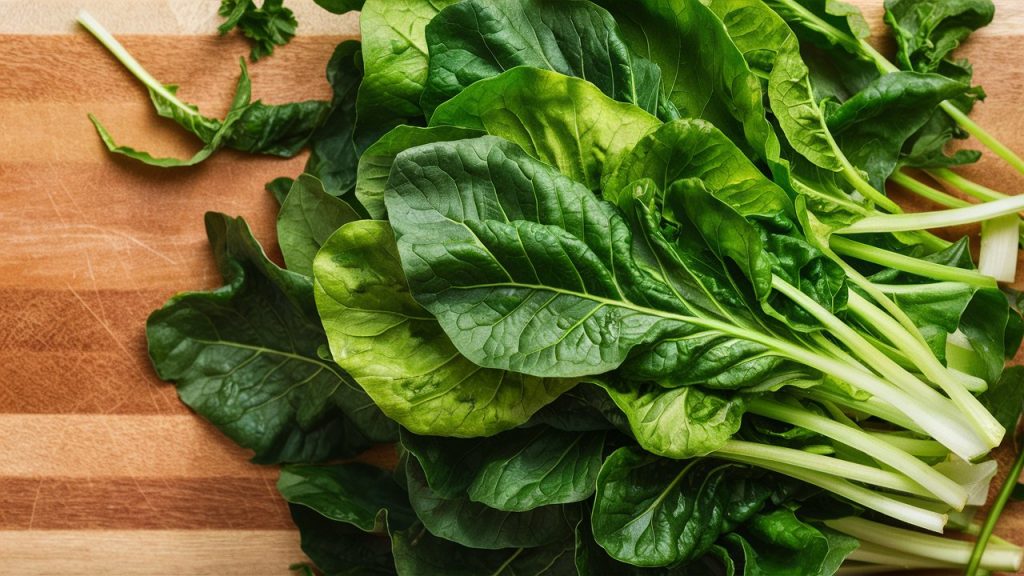
Temperature Tolerance: Mustard greens are frost-tolerant and can survive temperatures as low as 20°F.
Planting Dates: Plant seeds directly in the ground in mid-October.
These leafy greens offer a peppery flavor and are rich in nutrients. Mustard greens are particularly resilient in cooler temperatures and perform exceptionally well when sown in October. With proper spacing, they can be harvested continuously for fresh greens throughout winter and into the early spring. They are excellent when sautéed or used in salads, offering versatility in the kitchen.
Turnips
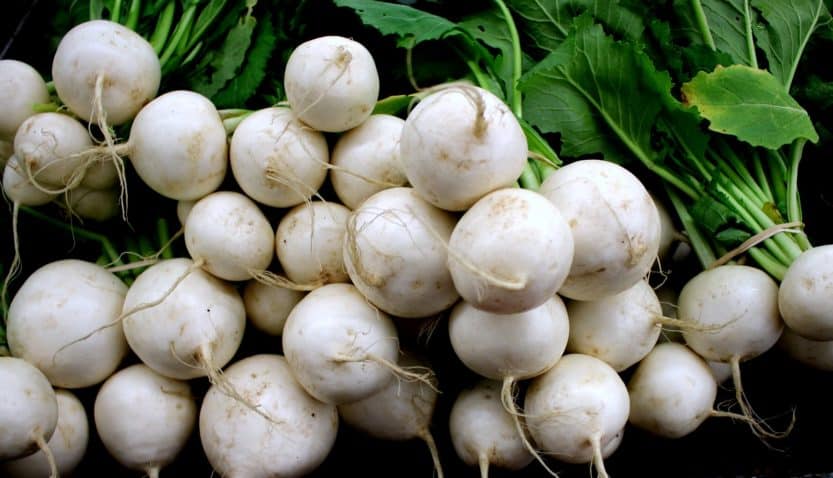
Temperature Tolerance: Turnips can tolerate frosts and flourish in temperatures down to 30°F.
Planting Dates: Late September to mid-October is perfect for planting turnip seeds.
Turnips are a versatile root vegetable that thrives in cooler weather. October is an ideal time for planting as they can mature before heavy winter conditions set in. These hardy plants require well-draining soil with adequate spacing, allowing their roots to expand. The greens are also edible and can be harvested as a nutritious addition to winter meals.
Flowers To Plant
October is also a great time to consider ornamental plantings. Fall is perfect for sowing certain annuals, perennials, and biennials that will bloom in the spring or add winter interest in the garden.
Pansies
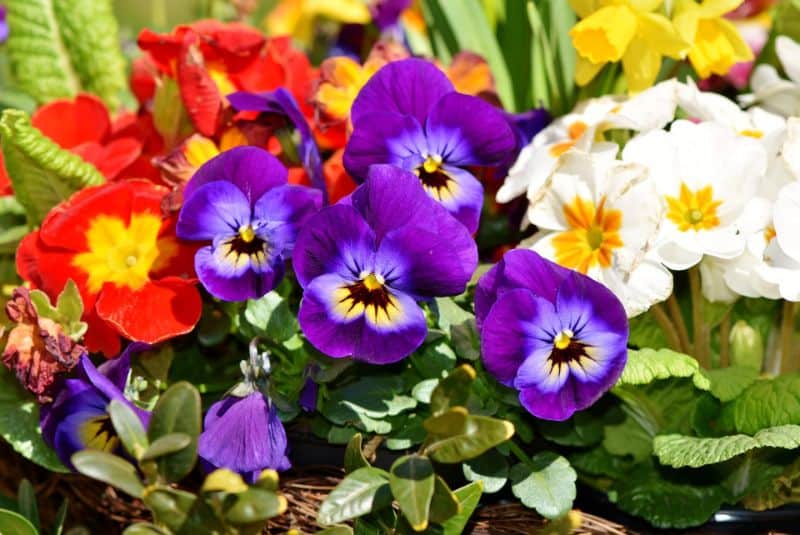
Temperature Tolerance: Pansies can tolerate light frosts and grow best in temperatures between 45°F to 65°F.
Planting Dates: Early to mid-October is optimal for planting pansies.
Pansies are beloved for their vibrant colors and cheerful blooms. Planting them in October allows for an extended flowering season through the fall, often reblooming in early spring. They can be placed in borders, containers, or as ground cover. Furthermore, these hardy flowers add a splash of brightness to the dreary winter landscape.
Tulips
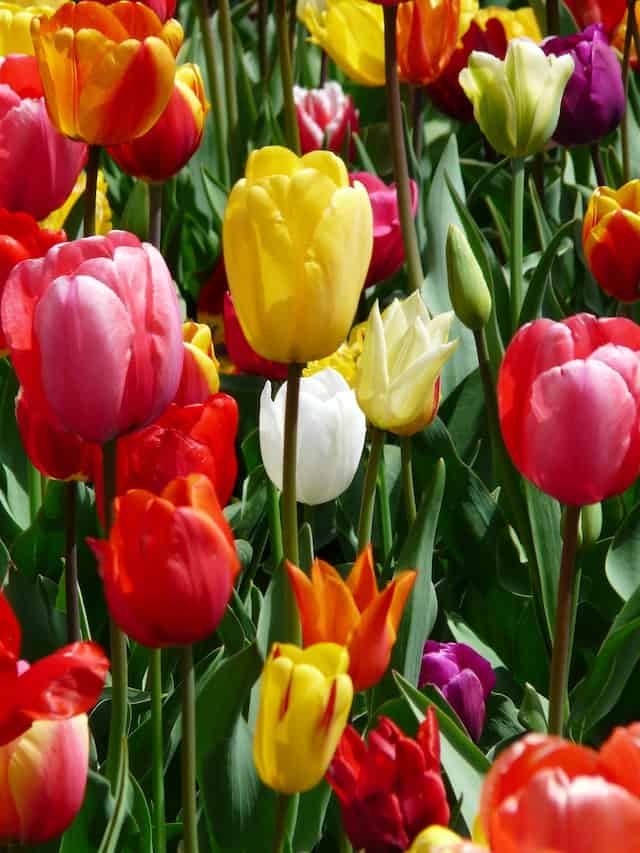
Temperature Tolerance: Tulip bulbs flourish and require a chilling period, with an ideal planting temperature of 45°F.
Planting Dates: Tulip bulbs should be planted in mid to late October.
Tulips are quintessential spring flowers known for their multi-colored blooms. When planting tulip bulbs, ensure they are placed in well-drained soil and at least 6-8 inches deep to protect them from freezing temperatures. The preparation of the soil with organic matter will aid in moisture retention and drainability, essential for healthy bulb development.
Daffodils
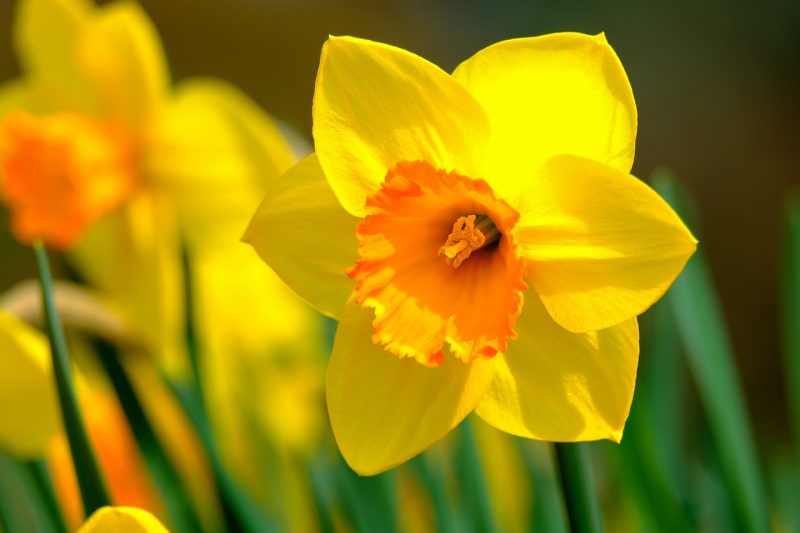
Temperature Tolerance: Daffodils can endure varying winter temperatures and thrive best in climates that have a chilling period.
Planting Dates: Daffodil bulbs can be planted through October.
Daffodils are one of the earliest spring bloomers and thrive in a variety of soils as long as they are well-drained. They are relatively easy to grow, making them ideal for new gardeners. Daffodils are also deer and rodent-resistant, which is a significant plus in a garden teeming with wildlife.
Bluebells
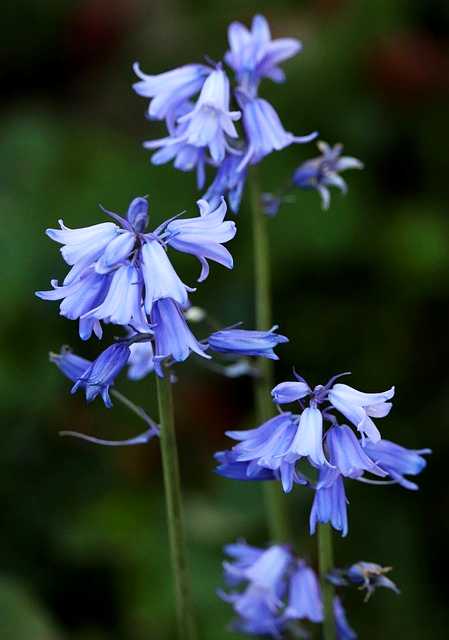
Temperature Tolerance: Bluebells can tolerate cold but prefer to be planted before the first hard frost.
Planting Dates: Best planted in late October.
Bluebells are treasured for their enchanting blue flowers and wonderful fragrance. They thrive in shaded woodlands or at the edges of gardens. Planting them in groups will enhance their naturalization effect, producing a stunning spring display. They will thrive in well-drained, moist soil and relatively cool temperatures.
Asters
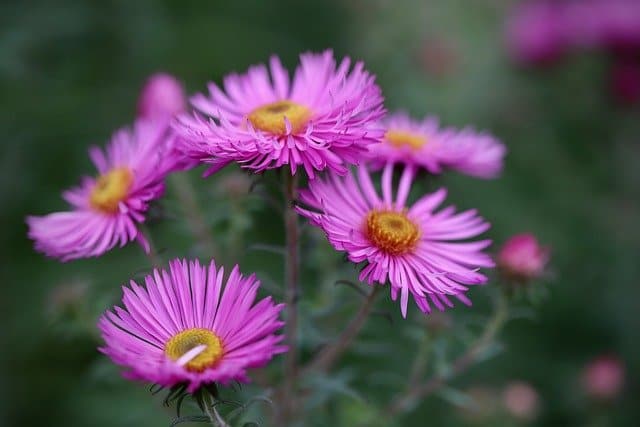
Temperature Tolerance: Asters are hardy plants that can survive low temperatures, expanding through the fall season.
Planting Dates: Late October is perfect for planting aster plants and seeds.
These perennial flowers add stunning color to a fall landscape, blooming until frost. Asters are excellent for attracting pollinators and provide nectar late in the season when few other plants offer food. They thrive in well-drained soil and full sun, making them adaptable to various garden environments.
Columbine
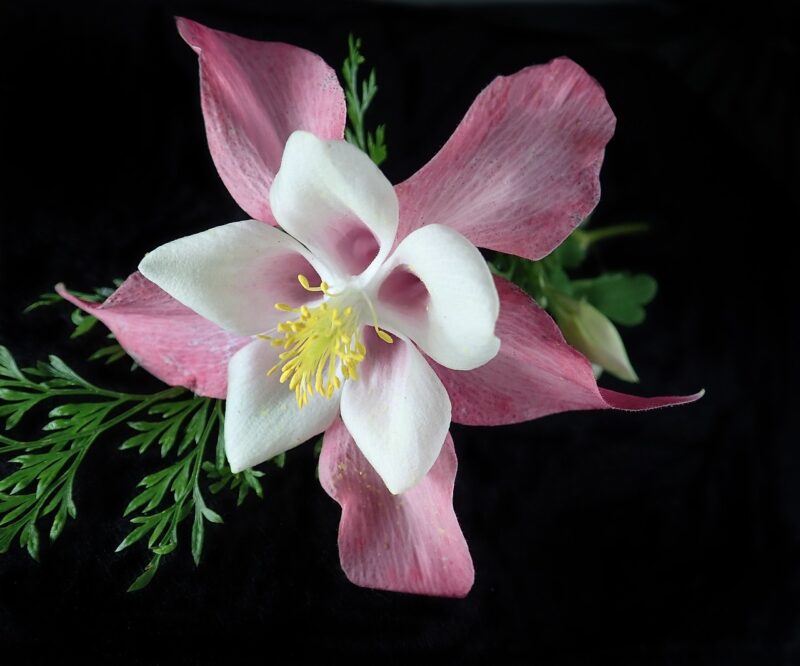
Temperature Tolerance: Columbine plants tolerate cold weather and can withstand freezing temperatures.
Planting Dates: They can be seeded in October, although they may take more time to germinate.
Columbine is a beautiful perennial that produces unique, nodding blossoms in spring. They thrive in partly shaded areas and well-drained soil. Once established, they can create stunning borders and attract hummingbirds and butterflies to your garden landscape.
Foxglove
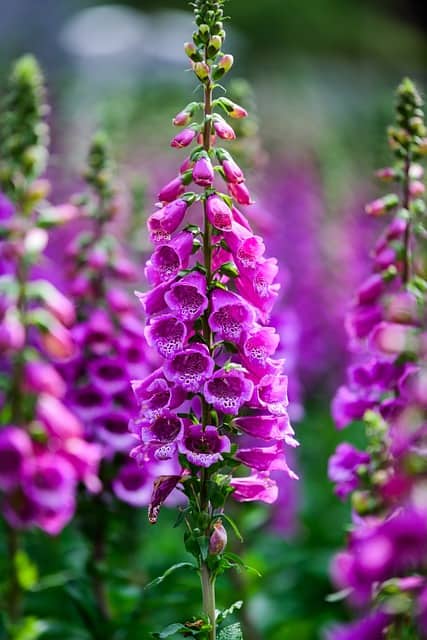
Temperature Tolerance: Foxglove is a biennial plant that can survive in cooler climates and tolerates light frost.
Planting Dates: Sow seeds in October for blooms the following year.
Foxglove is often recognized for its tall spikes of tubular flowers—shades of pink, purple, and white flirt with gaping passerby. They do very well in shady areas, providing vertical interest in the garden. They thrive in moist, slightly acidic soil with good drainage.
Lily Bulbs
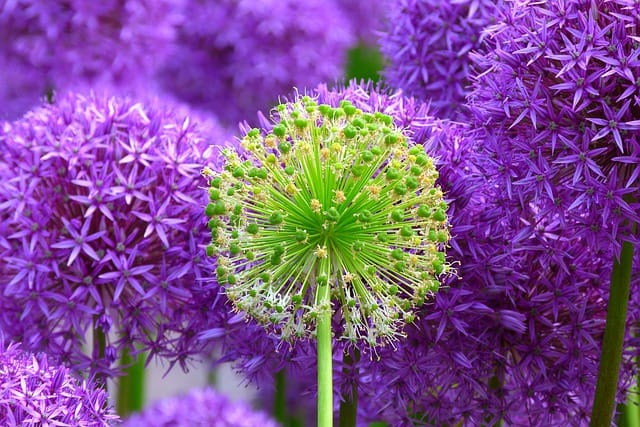
Temperature Tolerance: Lily bulbs are hardy and can survive frost, needing a chilling period for optimal growth.
Planting Dates: October is an excellent time for planting lily bulbs.
Lily bulbs are popular for their summertime blooms. They thrive in well-drained soil under full sunlight, producing a stunning display of color. Planting them now allows the bulbs to establish a strong root system, leading to healthier blooms come summer.
Herbs To Plant
Herbs offer flavor, functionality, and beauty to the garden. Planting them in October can ensure a robust selection of fresh herbs that can continue to thrive into the colder months.
Parsley
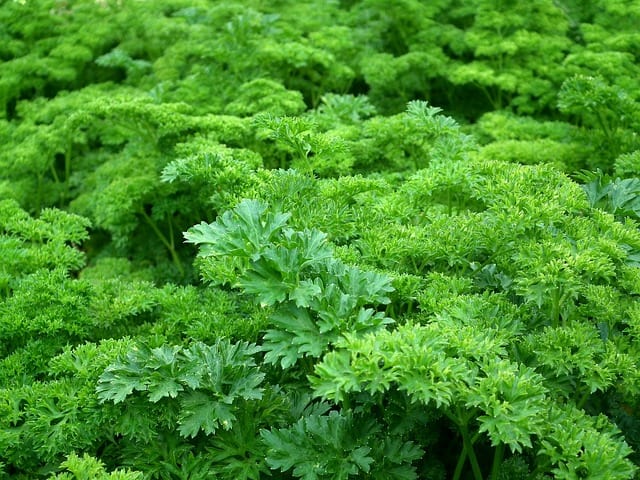
Temperature Tolerance: Parsley is a hardy biennial that can survive winter temperatures below 20°F.
Planting Dates: Plant parsley in October for a chance at winter harvest and established roots for spring.
Parsley serves as an essential culinary herb and is remarkably versatile. The biennial plant may not set seed until its second year but can be harvested throughout the fall and winter. It prefers full sun with well-drained soil and can retain its flavor even after frost.
Chives
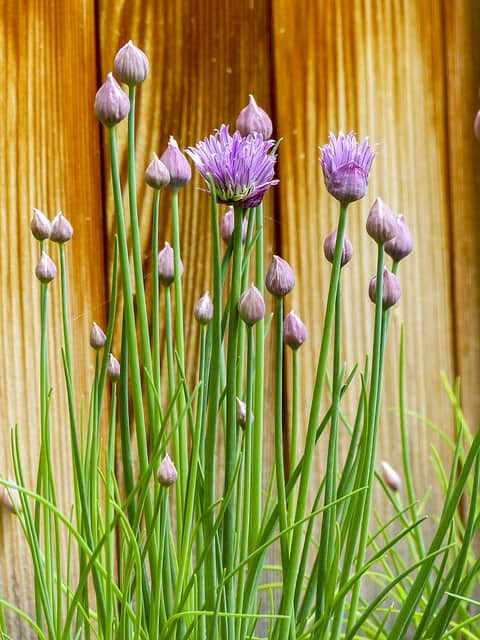
Temperature Tolerance: Chives are cold-hardy and can endure frost and low temperatures.
Planting Dates: Late October is appropriate for planting chive seeds or transplants.
Chives offer a mild onion flavor, perfect for culinary enhancement. Their beautiful purple flowers attract pollinators and provide ornamental interest. They should be sown in well-drained soil with full sun exposure. Once established, chives will return year after year, providing fresh greens in the spring.
Cilantro
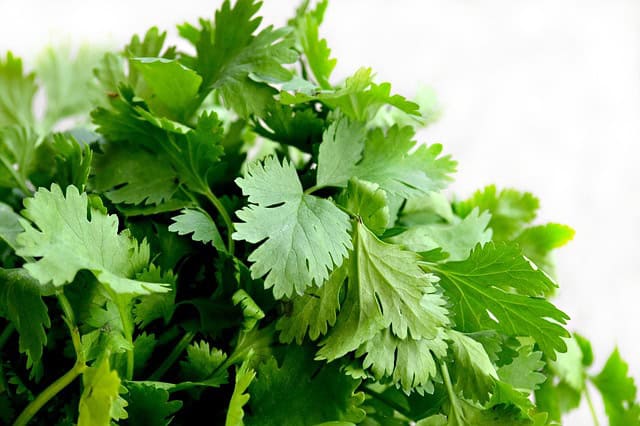
Temperature Tolerance: Cilantro prefers cool temperatures and can tolerate light frosts.
Planting Dates: Late October is ideal for sowing cilantro seeds.
Cilantro tends to bolt quickly in warmer weather, making October a perfect time to sow seeds for a fresh crop. This versatile herb is particularly popular in Mexican and Asian cuisines. Ensure well-draining soil, and consider planting seeds every few weeks for ongoing harvests.
Thyme
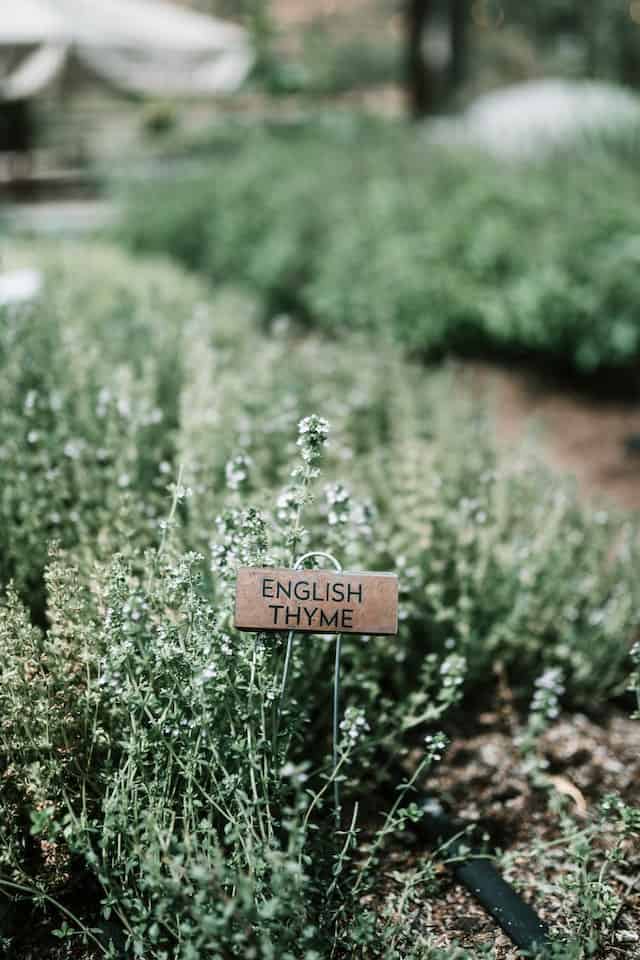
Temperature Tolerance: Thyme is hardy down to around 20°F and can survive cold winters.
Planting Dates: Late October is suitable for planting thyme seeds or seedlings.
Thyme is a resilient herb that boasts culinary prowess and ornamental value. Once established, thyme is drought-tolerant and requires minimal care. It thrives in well-draining, sandy soil and full sun, making it a low-maintenance addition to herb gardens.
Oregano
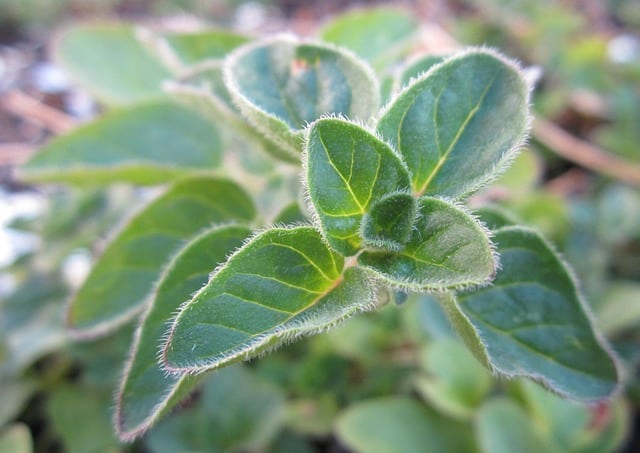
Temperature Tolerance: Oregano is highly tolerant of cold weather and can withstand frost.
Planting Dates: October is an excellent time to sow oregano seeds.
Oregano is a staple in Mediterranean cooking and thrives in sunny spots. Its robust flavor only improves with exposure to frost. Well-drained soil will support healthy growth, and once established, this perennial herb can be harvested throughout the winter.
Sage
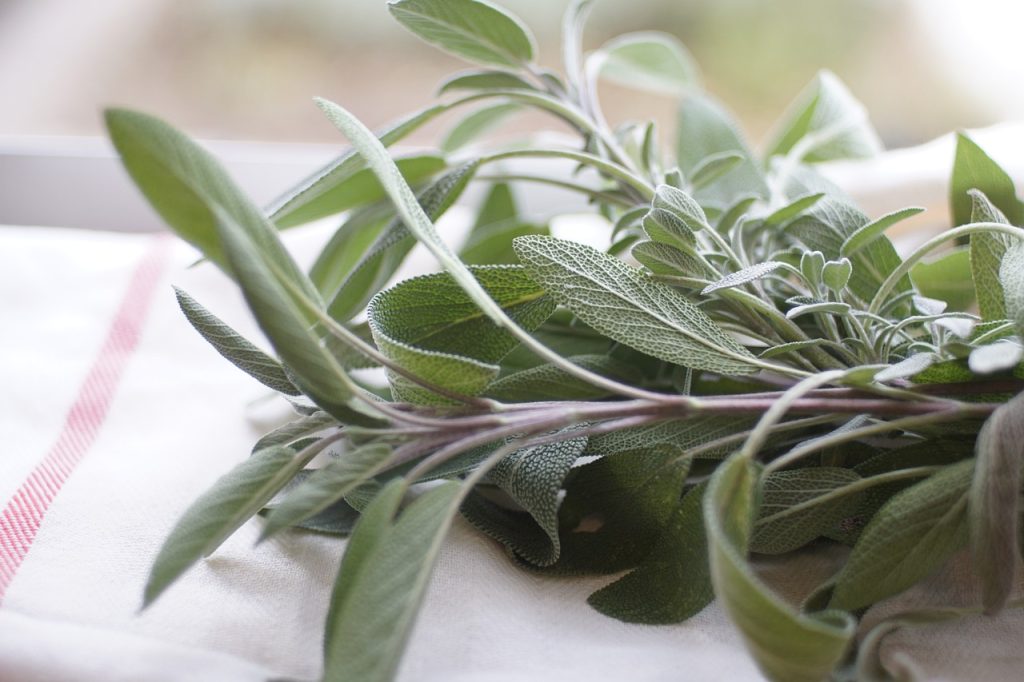
Temperature Tolerance: Sage can withstand cooler weather and light frosts.
Planting Dates: Plant sage in late October for the best chances of winter hardiness.
Sage is known for its aromatic leaves and is often used in holiday dishes. This hardy perennial herb prefers well-draining soil and sunny locations. Once established, sage can survive winter temperatures, providing flavor for winter dishes.
Dill
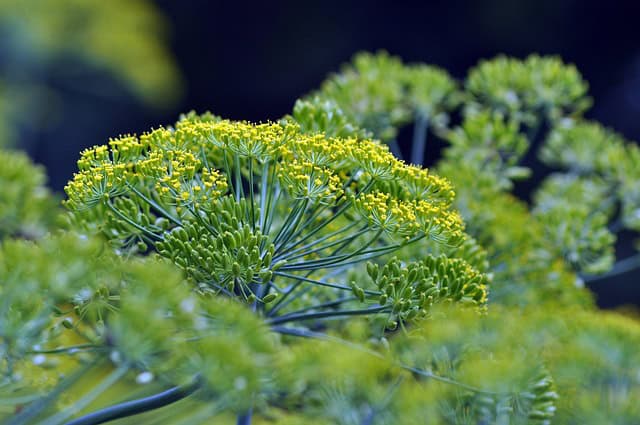
Temperature Tolerance: Dill prefers cooler climates and can generally manage cool nights.
Planting Dates: Mid-October is suitable for planting dill seeds.
Dill offers unique flavor and aroma, making it beloved in pickling and culinary uses. While it might be best grown in spring and summer, October planting gives seedlings a head start for spring growth and early harvests. Dill thrives in nutrient-rich, well-drained soil and full sunlight.
Mint
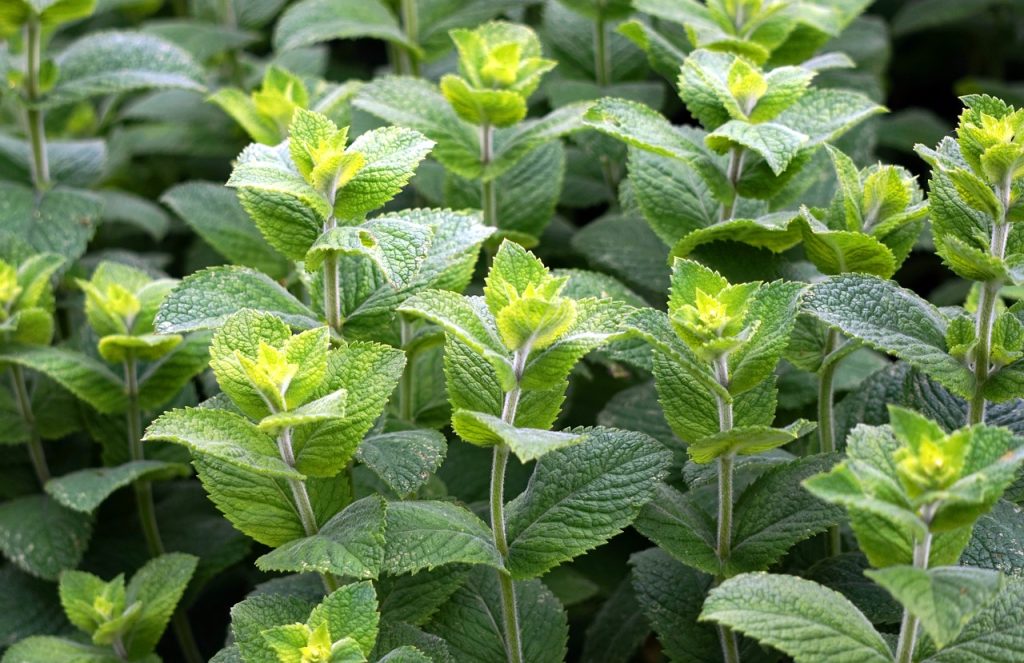
Temperature Tolerance: Mint is a hardy perennial that survives cold winters.
Planting Dates: Plant mint in late October for the best chance of strong roots in spring.
Mint is a versatile herb that thrives in many conditions but prefers moist, well-draining soil. As an aggressive grower, it’s often recommended to be planted in pots to control its spread. Once roots are established, mint can be harvested throughout the colder months, providing a refreshing flavor for teas, cocktails, and cooking.
Chamomile

Temperature Tolerance: Chamomile tolerates light frost and mild cold.
Planting Dates: Late October is appropriate for sowing chamomile seeds.
Chamomile is renowned for its calming properties and lovely flowers. It’s a tender perennial, so protect it from harsh frosts during its first winter. Chamomile prefers well-draining soil and full sun, providing a delightful addition to both tea and landscape.
Landscape Plants To Plant In October
When considering how to enrich your land, October is an excellent month for planting landscape plants, as they have sufficient time to root before the winter chills truly set in.
Evergreens
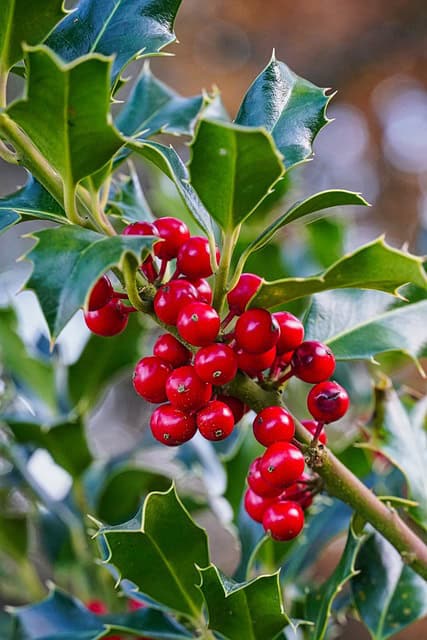
Temperature Tolerance: Most evergreens are tolerant of colder temperatures but have varying levels of hardiness.
Planting Dates: Late September to mid-October is ideal for planting.
Evergreens add year-round structure and interest to the landscape. Varieties include pines, spruces, and firs, and they can provide shelter for wildlife during winter. Plant them in a sunny location with well-draining soil. Because they retain their foliage year-round, evergreens add color and texture even in winter months.
Ornamental Grasses
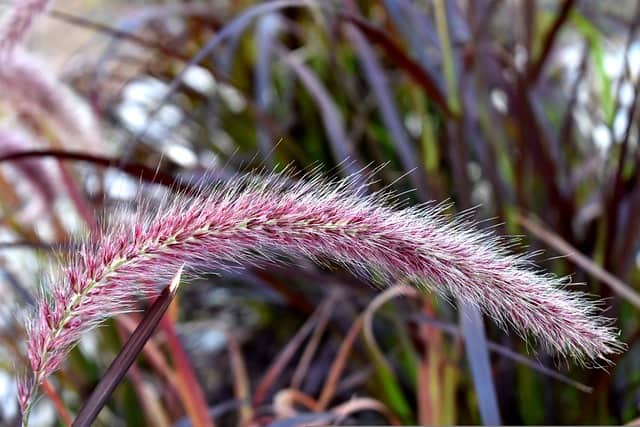
Temperature Tolerance: Many ornamental grasses thrive in cooler temperatures, but established plants can withstand colder conditions.
Planting Dates: October is an optimal time for planting perennial grasses.
Ornamental grasses are increasingly popular in landscape design due to their versatility and low maintenance. With a variety of textures, colors, and heights, they can serve as borders, ground cover, or focal points. Once planted, they add movement and aesthetic pleasure, particularly during the fall and winter months.
Hydrangeas
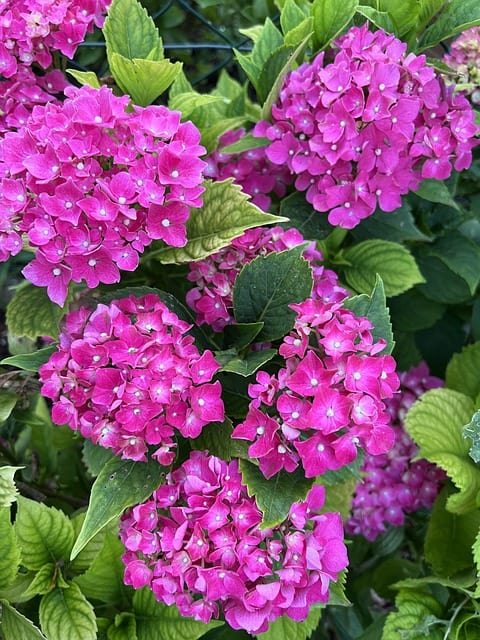
Temperature Tolerance: Hydrangeas can tolerate cold weather and require protection from harsher conditions in their first year.
Planting Dates: Late October is still viable for planting hydrangeas.
These stunning flowering shrubs are admired for their large blooms, which can be vibrant or serene, depending on the type. Planting hydrangeas encourages establishment before winter, allowing their roots to anchor down. Create an adequate hole filled with compost to support growth for the following spring.
Daylilies
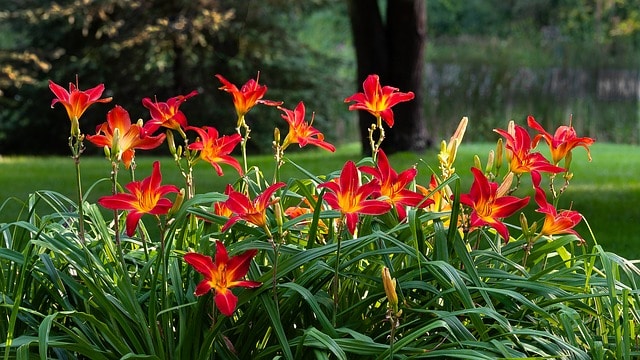
Temperature Tolerance: Daylilies are cold-hardy and survive well below freezing temperatures.
Planting Dates: October is perfect for planting daylilies.
Daylilies bloom profusely throughout summer and are known for their resilience and variety in color and form. They thrive in various soils and can handle heat and drought once established. Planting them in fall allows for a robust root system before winter.
Hostas
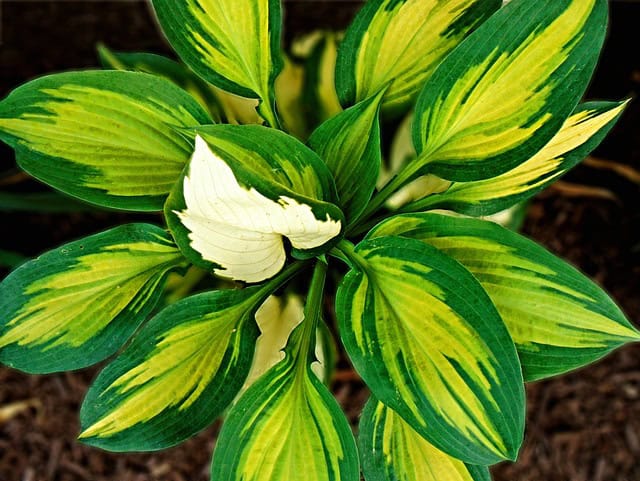
Temperature Tolerance: Hostas can handle cold winters and thrive in shaded areas.
Planting Dates: Late October is desirable for hosta planting.
These large, leafy perennials are mainly planted in shaded areas and provide lush greenery in any landscape. Hostas adapt well in various soil types but prefer loose, well-drained soil. Their foliage lasts through fall and winter, providing visual interest with a peaceful aesthetic.
Lilacs
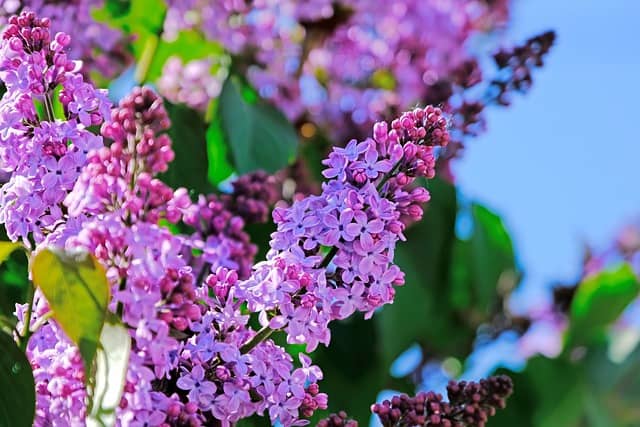
Temperature Tolerance: Lilacs are hardy deciduous shrubs that can survive harsh winters.
Planting Dates: Late October is perfect for planting lilacs.
Lilacs are cherished for their fragrant blossoms in spring. They thrive in well-drained, fertile soils and full sunlight. Planting in October allows these hardy shrubs to establish a strong root system, paving the way for vibrant blooms the following spring.
Roses
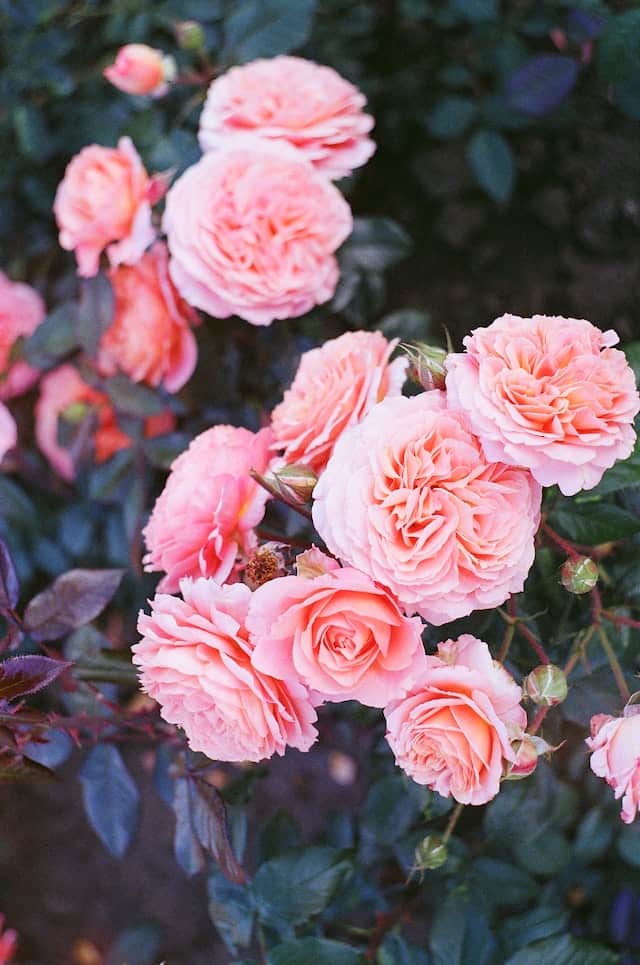
Temperature Tolerance: Many rose varieties are cold-hardy, though they need winter protection when newly planted.
Planting Dates: October is suitable for planting many varieties of rose bushes.
Roses are timeless landscape plants, bringing elegance and beauty to any garden. They thrive with well-draining soil, full sun, and diligent care. When planted in October, ensure that you apply mulch to protect their roots during the more severe winter months.
Crabapple Trees
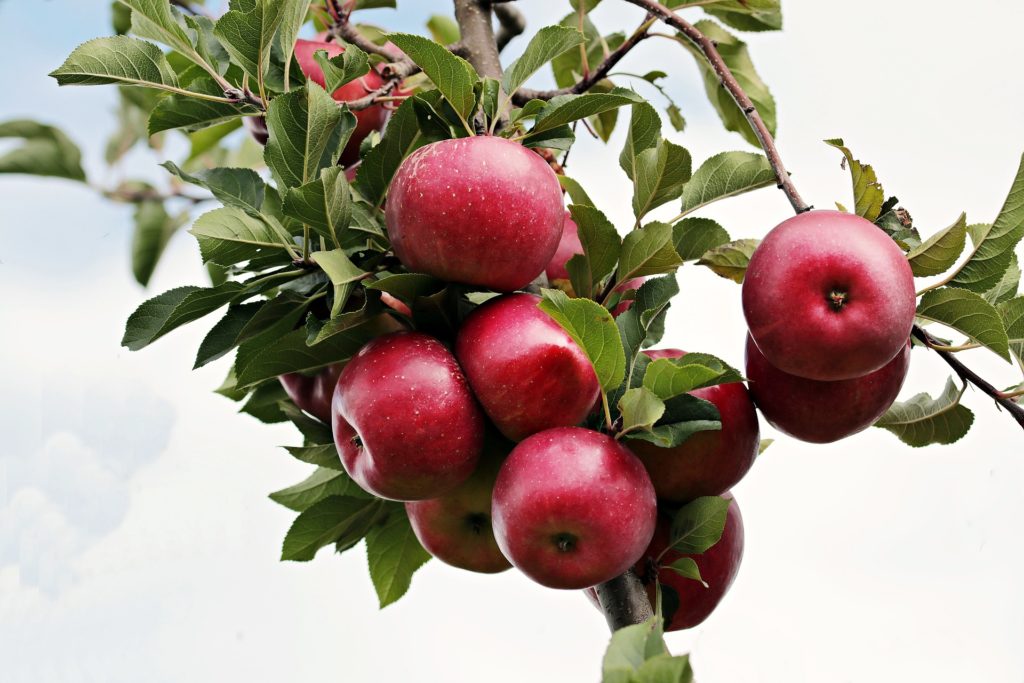
Temperature Tolerance: Crabapple trees can withstand Pennsylvania’s winter temperatures, thriving in USDA zones 4 to 7.
Planting Dates: October is ideal for planting these ornamental trees.
Crabapple trees are valued for their striking blossoms in spring followed by colorful fruits in fall. They attract wildlife and add beauty to the landscape. Proper spacing is essential as they grow larger, and ensure that you plant in well-draining soil for optimal growth.
Fall Blooming Perennials
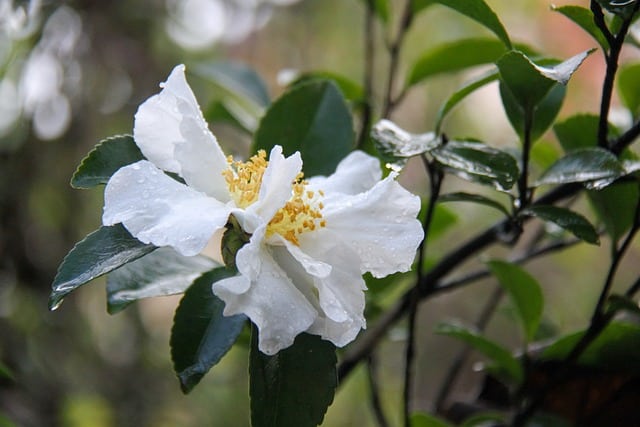
Temperature Tolerance: Many fall-blooming perennials are cold-hardy and can survive frost.
Planting Dates: Late October is a solid timeframe for planting.
Choosing fall-blooming perennials such as asters or sedums can add color to your garden as the growing season comes to a close. These hardy plants will provide visual interest into the fall and recover nicely in the spring. Make sure to provide sufficient spacing to promote air circulation and prevent fungal diseases.




